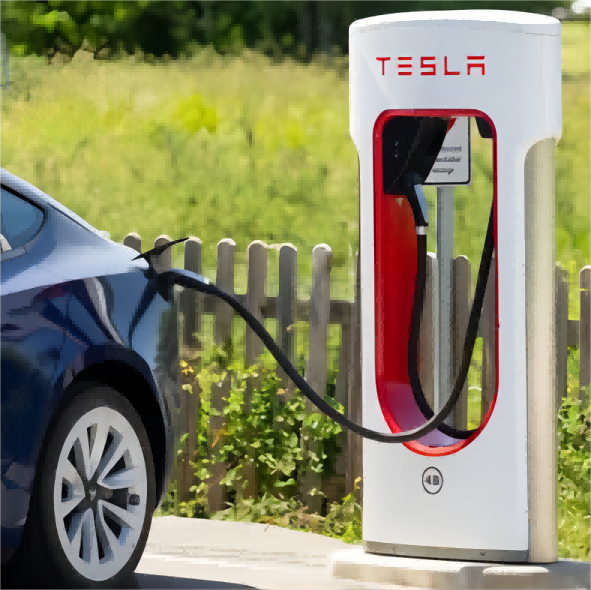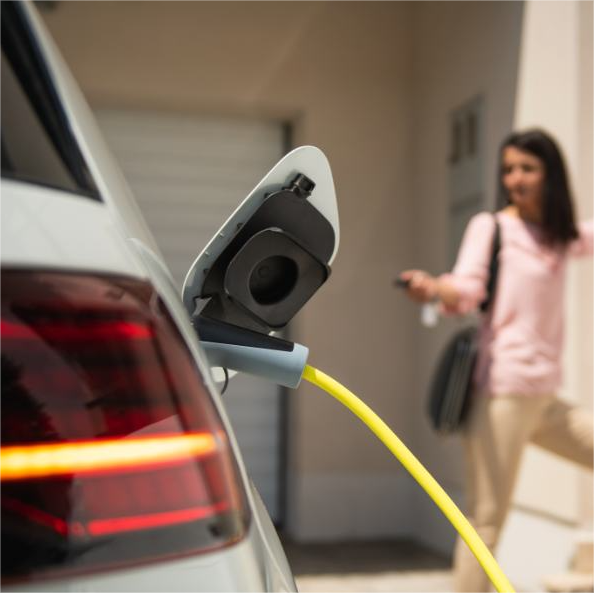How many watts does a Tesla charger take?
Electric vehicles (EVs) are becoming increasingly popular due to their environmental benefits and lower operating costs. However, one of the main concerns for EV owners is the availability and speed of charging. Tesla, one of the leading manufacturers of EVs, has addressed this concern by developing its own network of charging stations, known as Superchargers. In this blog post, we will discuss the power requirements of a Tesla charger and how it impacts the charging process.
The power rating of a Tesla charger is measured in kilowatts (kW). The latest Tesla Superchargers have a power rating of 250 kW, which is significantly higher than the average charging station. This means that a Tesla vehicle can charge at a much faster rate compared to other EVs. For example, a Model S can add up to 75 miles of range in just 5 minutes of charging.
The power requirements of a Tesla charger depend on the type of charger being used. Tesla offers two types of chargers: the Wall Connector and the Supercharger. The Wall Connector is designed for home use and has a power rating of up to 48 amps, which translates to 11.5 kW. This means that it can charge a Model S at a rate of around 29 miles per hour. The Supercharger, on the other hand, is designed for long-distance travel and has a power rating of up to 250 kW.
The power consumption of a Tesla charger is also influenced by the battery size of the vehicle being charged. A larger battery will require more power to charge compared to a smaller one. For example, a Model S with a 100 kWh battery will require more power to charge compared to a Model 3 with a 50 kWh battery.
It is important to note that charging a Tesla vehicle at home using a Wall Connector or other Level 2 chargers will not have a significant impact on your home's electricity bill. This is because the amount of energy used by the charger is relatively small compared to other household appliances such as air conditioners or refrigerators.
In conclusion, the power requirements of a Tesla charger depend on the type of charger being used and the size of the battery being charged. The latest Tesla Superchargers have a power rating of up to 250 kW, which enables fast charging for long-distance travel. The Wall Connector, designed for home use, has a power rating of up to 11.5 kW and can charge a Model S at a rate of around 29 miles per hour. Overall, owning a Tesla vehicle and utilizing their charging network can provide an efficient and convenient way to travel while reducing your carbon footprint.



